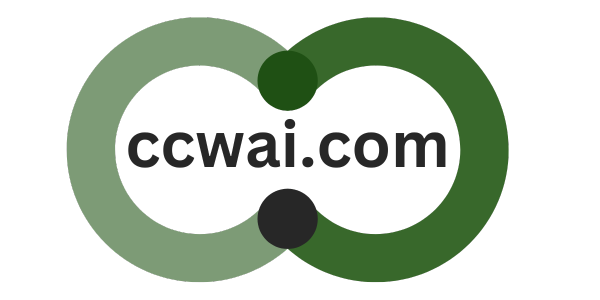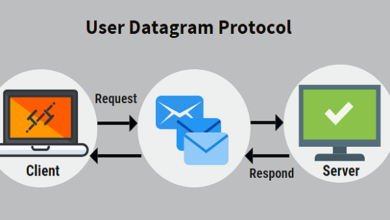Your Cash Flow Forecast and Capital Spending Plan

Introduction
In Chapter 6, you drafted your estimated Profit and Loss Forecast. While it tells you a lot about the big financial picture, it leaves you ignorant of many details. If you overlook one critical detail, you may go broke, even though your business seems profitable viewed from afar
The crucial detail a business owner must manage is called cash flow. Cash flow is another term for the money coming into and going out of your business. Positive cash flow occurs when the money coming into your business exceeds the money flowing out, and negative cash flow is the opposite.
Prepare Your Capital Spending Plan
Your capital spending plan includes all the things you have to buy before your business begins bringing in sales revenue, including opening inventory, fixtures and equipment, business licenses, deposits for the building lease, and whatever else you need.
Open a computer file or take out a clean sheet of paper and write “CAPITAL SPENDING PLAN” at the top. Now, make a list of all the things you’ll have to buy before you open. This will enable you to make a good estimate of the cash you need to open your doors.
Prepare Your Cash Flow Forecast
Once you complete your capital spending plan, you’ll know how much money you need to open your doors. The next step is to estimate how much additional money you’ll need to survive the first lean months. The basic process we’ll use to make a Cash Flow Forecast is to start with the monthly profit (or loss) figures you developed in your Profit and Loss Forecast in Chapter 6. You’ll then make adjustments each month to the monthly profits to account for the time differences in collecting and spending money
Required Investment for Your Business
The M & M Copy Shop chart shows how to accumulate these figures. Note how the cumulative cash flow increases the negative amount when each individual month’s net cash flow is negative. Then, when the individual monthly figures turn positive, the cumulative negative figure becomes smaller as the positive cash flow reduces the cumulative negative figure. Finally, in the fifth month, the cumulative figure becomes a small positive. This means that the fourth and fifth months of positive cash flow have offset the first three months of negative cash flow.
Check for Trouble
You have completed most of the foundations on which your business will be built. The Cash Flow Forecast ties together all the previous work and allows you, or your backers, to see exactly how your business will function. I hope that you have gained an understanding of the relationship between sales, expenses, cost of sales, profits, and cash flow by completing your Cash Flow Forecast. If so, that understanding will help you a great deal in the future.





